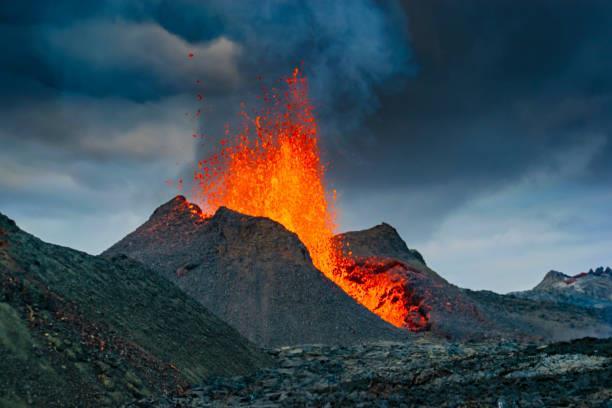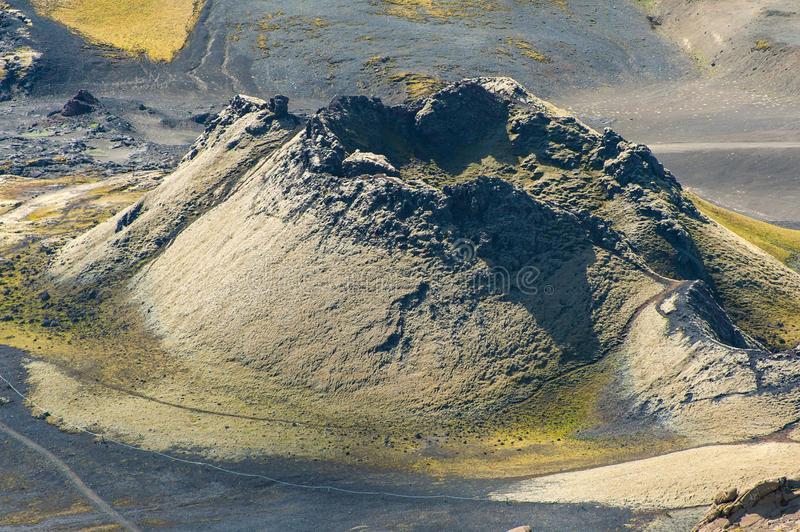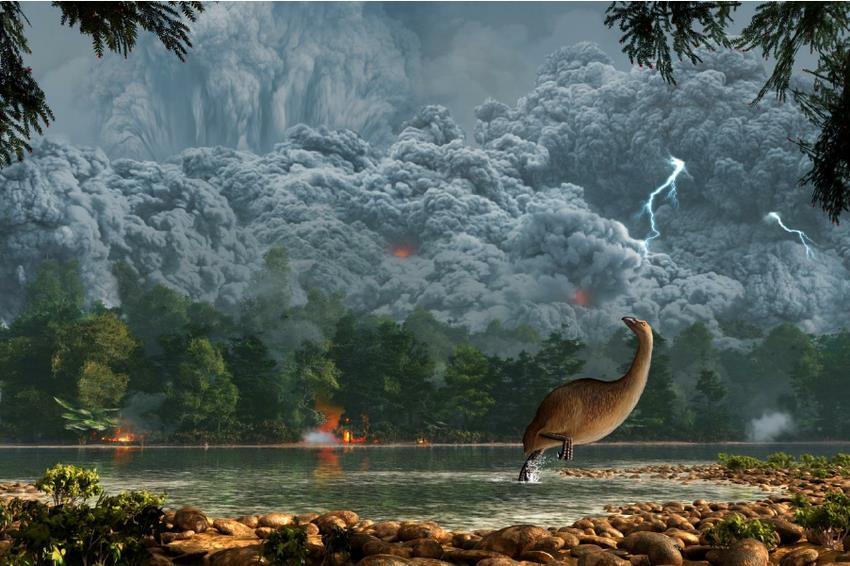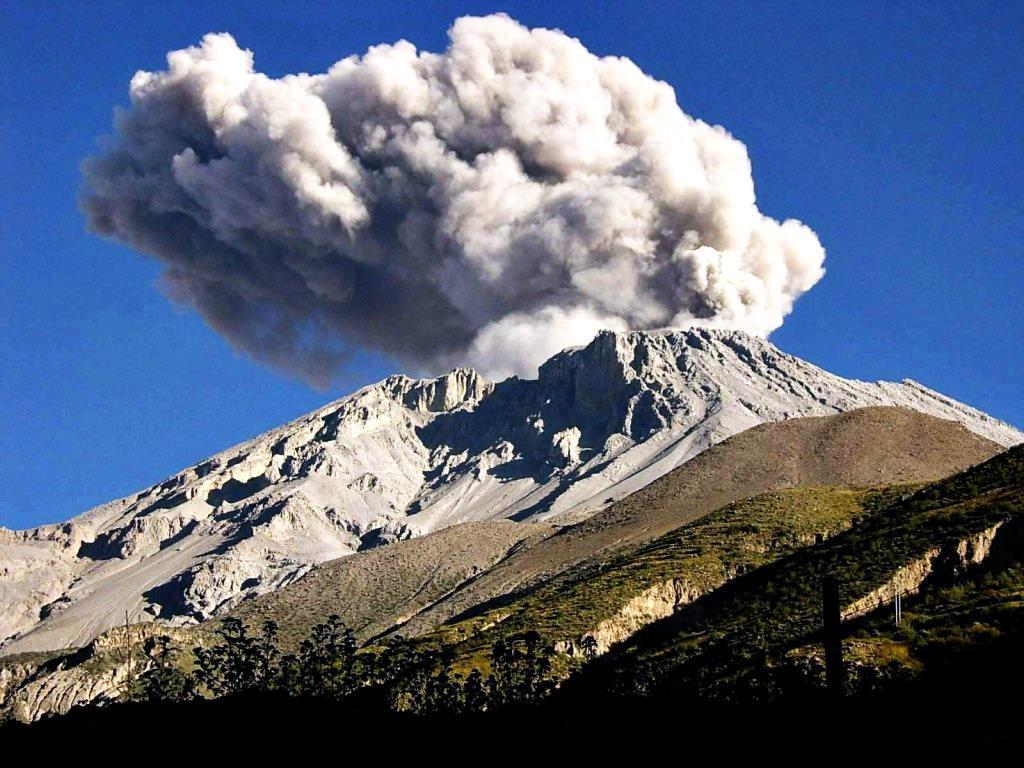
1 minute read
Here are the Ten Most Ddestructive Volcanoes in Earth’s History.

The eruption of Mount Vesuvius is one of the most famous volcanic events in history. It destroyed the Roman cities of Pompeii and Herculaneum, killing thousands of people.
Advertisement
Tambora, Indonesia (1815):The eruption ofTambora was the largest volcanic eruption in recorded history. It caused a global climate anomaly, leading to the "Year Without a Summer" in 1816.
Krakatoa, Indonesia (1883): The eruption of Krakatoa was one of the deadliest volcanic events in history. It caused a massive tsunami that killed over 36,000 people.

Mount St. Helens, USA(1980): The eruption of Mount St. Helens was the most destructive in the history of the United States. It caused massive destruction and killed 57 people.
Pinatubo, Philippines (1991): The eruption of Pinatubo was the second-largest volcanic eruption of the 20th century. It caused a global cooling effect and affected the climate for several years.

Laki, Iceland (1783): The eruption of Laki caused a massive famine in Iceland and killed over 6 million people worldwide because on the climate.
Santorini, Greece (1600 BC): The eruption of Santorini is believed to have caused the collapse of the Minoan civilization.
Taupo, New Zealand (AD 232): The eruption of Taupo was one of the largest volcanic events in history. It caused a massive ash cloud that covered much of New Zealand.


Huaynaputina, Peru (1600): The eruption of Huaynaputina was one of the largest volcanic events in SouthAmerica. It caused a global cooling effect and affected the climate for several years.

Yellowstone, USA (640,000 years ago): The eruption of Yellowstone was one of the largest volcanic events in history. It caused a massive ash cloud that covered much of NorthAmerica.

Outer space volcanoes
Similar volcanic events have been observed on other planets. For example, the largest volcano in the solar system is Olympus Mons on Mars. It is three times the height of Mount Everest and has a diameter of 600 km.

Another example is the volcanic activity on Io, one of Jupiter's moons. It has over 400 active volcanoes and is the most volcanically active object in the solar system.


